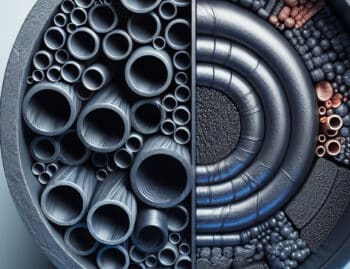
Steel imports have been on an almost constant downtrend since President Trump imposed a 25% tariff on steel imports. However, for perhaps the first time, the month of July saw a sharp uptick.
Year-over-year outcomes
The month of July saw 2.75 million metric tons in imports. That was more than 48% higher than the month of June. Compared to last year, it was a 1.3% increase.
This is only the second time since April of last year that imports have risen year-over-year. Unfortunately, this fact is leading to a sharp decline in domestic steel stocks.
According to Market Realist, the increase in July imports is “mainly the result of higher semifinished steel imports.”
July’s imports consisted mostly of blooms, billets, and slabs. This isn’t too detrimental to U.S. steel companies then, as they are more impacted by finished steel imports, such as rebars, flat rolled steel, and tubes for oil and gas transport.
With Canada and Mexico now exempted from some tariffs, the number of imports could continue to rise.
Utilization rate
According to the American Iron and Steel Institute, the U.S. steel industry reached an 81% utilization rate for the year up until Aug. 24. This is a 4.4% increase from the same period last month.
This is how production was broken down by region:
- South: 719,000 tons
- Great Lakes: 681,000 tons
- Midwest: 204,000 tons
- Northeast: 202,000 tons
- West: 71,000 tons
New tariffs
While exemptions were recently put into place, the Trump administration has still moved to impose new tariffs. Now, Chinese and Mexican structural steel will be subject to duties.
This comes after recent reports that they dumped fabricated structural steel at well-below fair market value.
The Trump administration hopes this recent move will aid in reducing the dumping rate — a practice that can be damaging to domestic economies.











